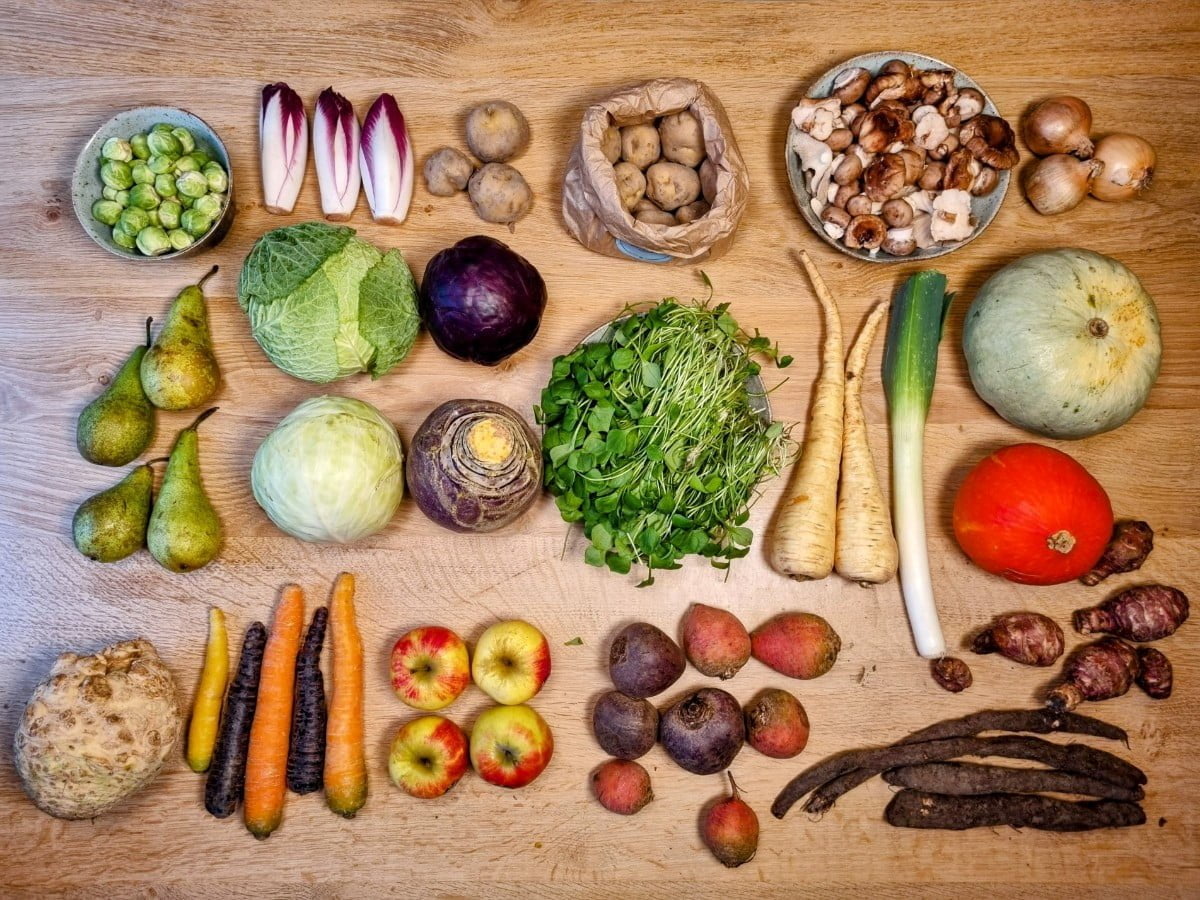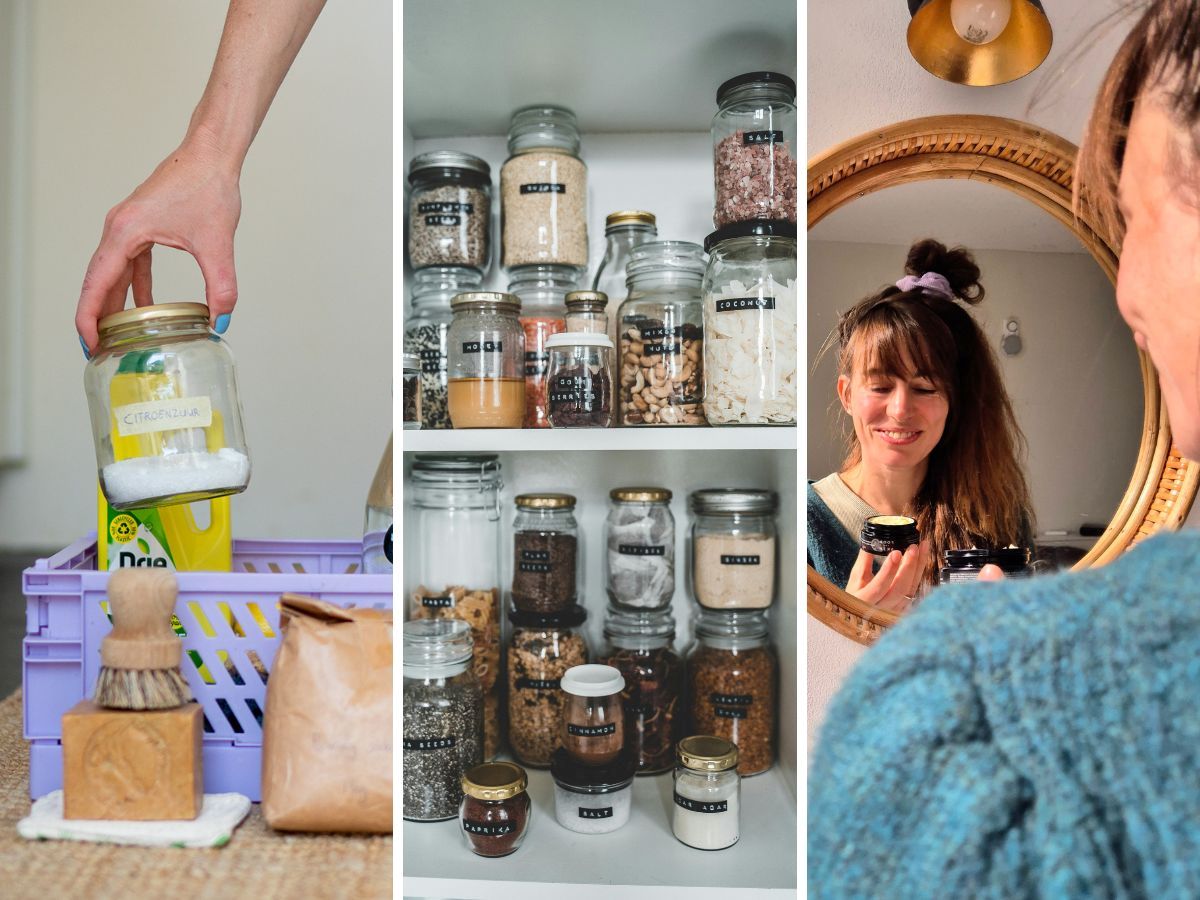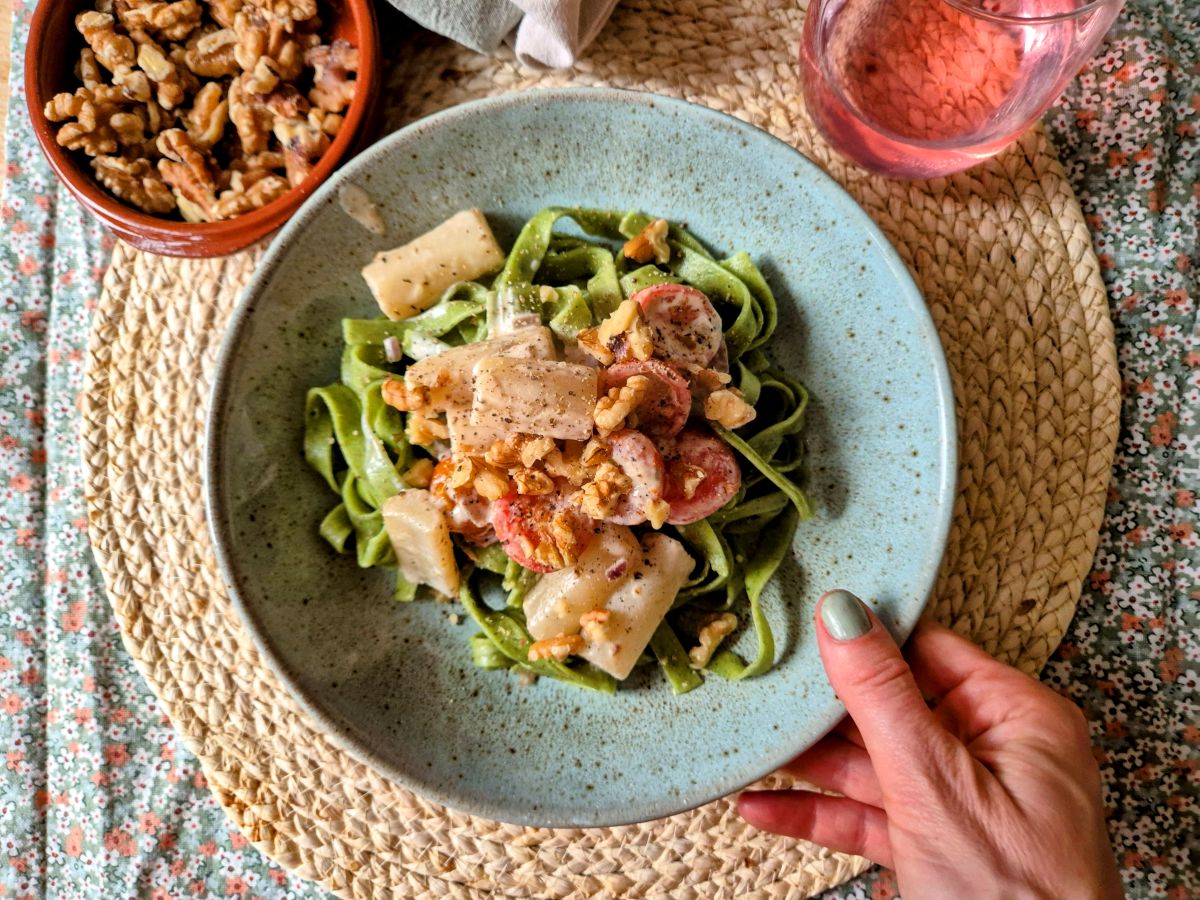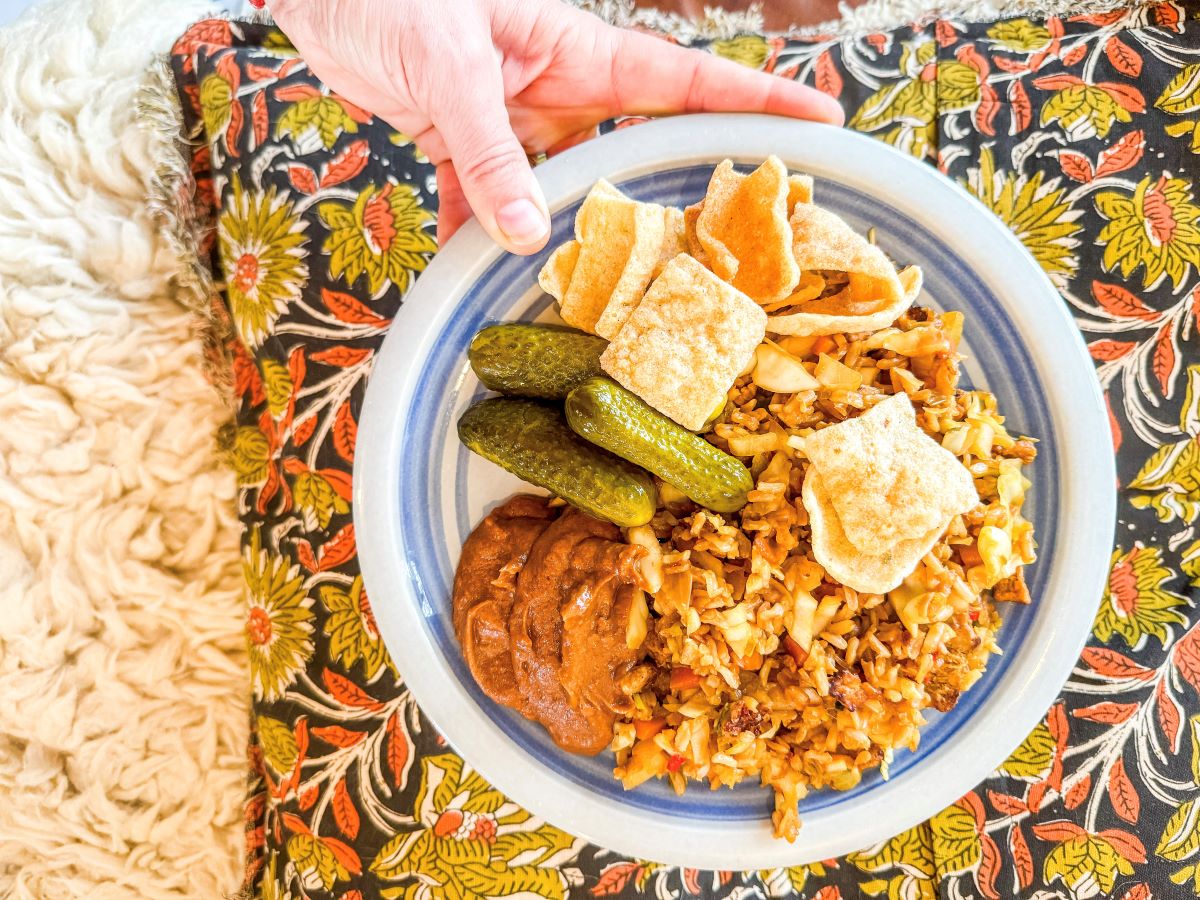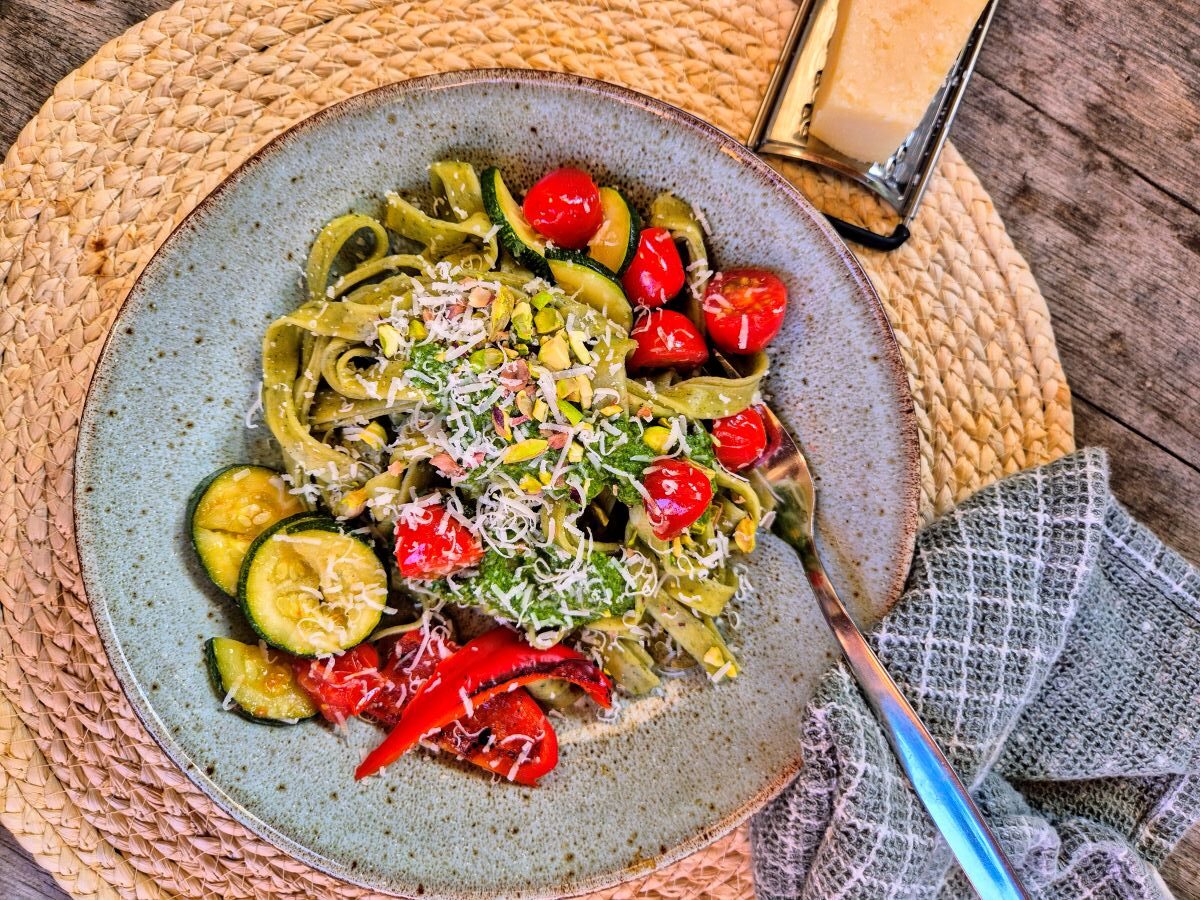If you eat according to the season, February is a sparse month. February is one of the months where there are the fewest seasonal vegetables and seasonal fruits available in the Netherlands. Fortunately, you don't have to eat kale every day, as there are still 20 other types of vegetables available. So February is the ideal time to try out new vegetables you didn't know before. For instance, have you tried turnips, turnip greens or salsify? We list February's seasonal vegetables for you.
February is the ideal time to learn about new seasonal vegetables
Thanks to Crisp for the seasonal produce
Even though the list of seasonal vegetables and seasonal fruits in February is not long, with a little creativity you can still make tasty meals with them. Asparagus season doesn't start until spring, yet you can already eat a vegetable similar to asparagus this month: namely salsify. This month, we will tell you more about this and other forgotten vegetables currently in season in the Netherlands.
The benefits of seasonal vegetables and seasonal fruit, even in February
Supermarkets are full of fruit and vegetables. Why bother to pay attention to which fruit or vegetables are currently in season in the Netherlands? For one thing, it is better for the environment. Fruit or vegetables that have a longer transport route or are grown in heated greenhouses generally have a greater environmental impact. But did you also know that seasonal vegetables and seasonal fruit are better for your health? Because the transport route is shorter, the vegetables or fruits are riper before they are harvested. As a result, fewer nutrients are lost. Seasonal vegetables and fruits also contain more nutrients because they are stored for less time. Moreover, fewer pesticides are often used as they are less susceptible to diseases. Finally, it is usually a lot cheaper to buy fruit and vegetables from the season.



Jerusalem artichoke, celeriac, radish and more February fruits and vegetables.
Fruit or vegetables from the Netherlands are not always the most sustainable choice
Now that you are convinced of the benefits of seasonal vegetables and seasonal fruit, you can pay attention to them when you go shopping. Because the country of origin is indicated on the packaging, you may choose to buy fruit or vegetables from the Netherlands. Unfortunately, this is not always the most sustainable choice. After all, you can't tell in the supermarket whether the fruit or vegetable was grown in a heated greenhouse. For example, a head of lettuce from the Netherlands may be the most sustainable choice in July; while in January the head of lettuce from Spain is more sustainable because it grows in the open air. Pretty confusing isn't it? To make it easier for you, we have picked out for you which vegetables or fruits grow in full Dutch soil or in unheated greenhouses in the Netherlands. For February, these are the following fruits and vegetables:
Dutch seasonal vegetables February:
The fruit and vegetables in bold can currently be harvested in the Netherlands. The remaining fruit and vegetables, although from the Netherlands, are from earlier months. Vegetables are often stored for months after harvest and thus sold (which is fine).
- Potato
- Kale (inspiration recipe: vegan pumpkin stew with kale Asian style)
- Green celery
- Celeriac (inspiration recipe: spicy vegan pea soup with celeriac)
- Mushrooms (inspiration recipe: 5 x recipe with oyster mushrooms)
- Parsnips
- Pumpkin (inspiration recipe: pumpkin curry quiche)
- Leek (inspiration recipe: creamy celeriac and leek soup)
- Turnip
- Rammenas
- Red beetroot
- Red cabbage
- Savoy cabbage
- Salsify
- Sprouts
- Onion
- Corn salad
- Winter purslane
- Chicory
- White cabbage
- Carrot (inspiration recipe: Moroccan-style carrots)
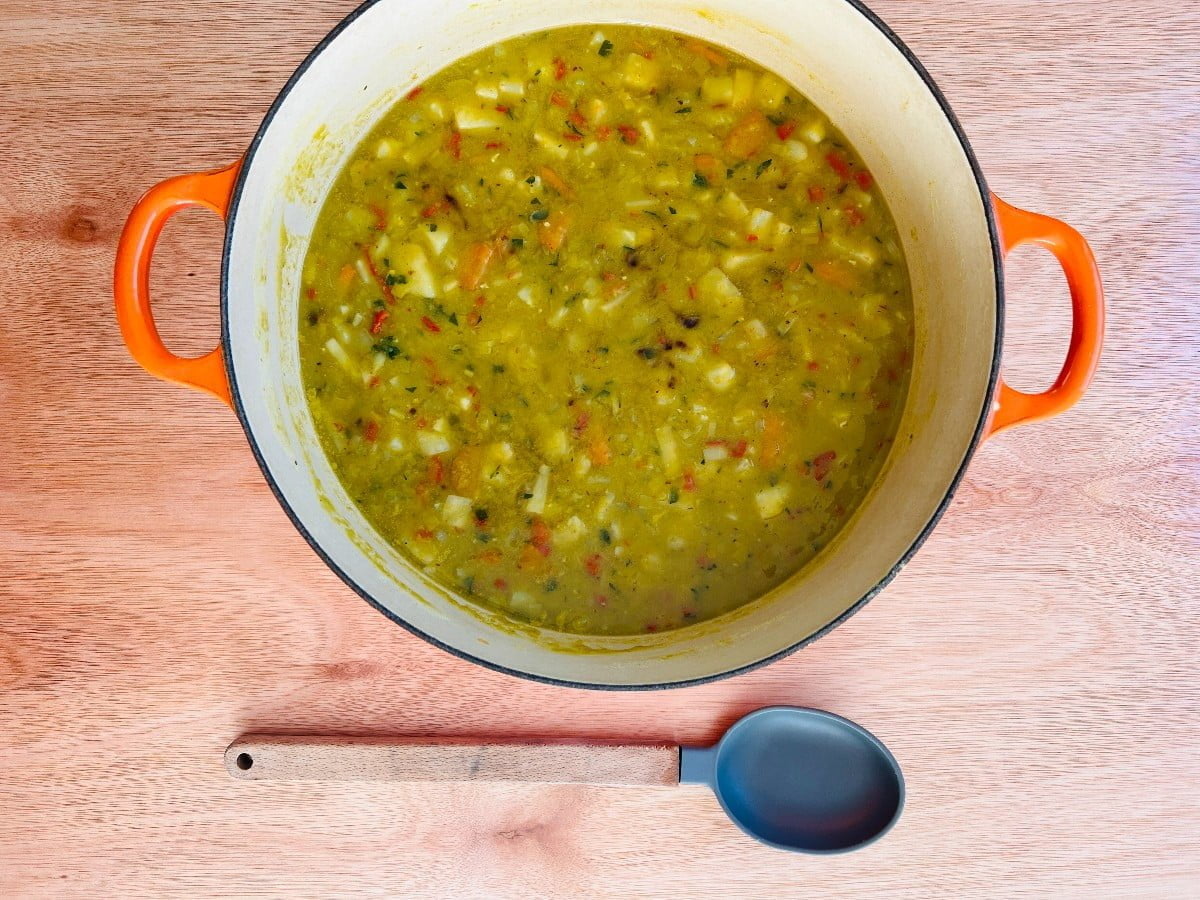
Dutch seasonal fruit February:
- Apple
- Peer
Want to know which fruit from abroad is good to eat year-round as a sustainable choice? You can find the list in January's article on seasonal fruit and vegetables.
Why storage vegetables and fruits are also on the list
The fruits and vegetables listed above are the varieties normally available this month from full Dutch soil or unheated Dutch greenhouses. This will only not saying that these fruits and vegetables are also this month harvested are. Some varieties such as apple, pear, carrot, potato, pumpkin and onion, for example, can be stored by producers for longer periods of time. This makes these types of fruits and vegetables available even during the winter months, increasing the choice of fruits and vegetables produced locally. Thegreenlist.nl chose to include these storage vegetables and fruits in the list of seasonal vegetables and fruits as well, because they are a sustainable choice of the Dutch country. If we were to omit these varieties, there would be no fruit on the list at all in the winter months, for example. So these storage vegetables and fruits are not quite of the season, but they do offer an eco-friendly way to eat varied and healthy food during the colder months.
Want to know more about how Dutch producers store fruit and vegetables? You can read all about it in this article.
Do you already know these forgotten vegetables?
Perhaps the February list of seasonal vegetables included some vegetables you have never heard of. The following three vegetables are no longer commonly used in Dutch kitchens, but are definitely worth trying.
Turnip
Before there were potatoes in the Netherlands, turnips were the main ingredient in many dishes. Turnips come in all shapes (round, oblong, flattened) and colours (yellow, grey, purple, orange, black). Small and mild varieties, like radishes, can be eaten raw. Larger varieties should be cooked until tender. Be careful not to cook them too long, as they will become overcooked and mushy. Peel them beforehand. You can also stew, fry or bake turnips, just like potatoes. Turnips combine well with winter vegetables such as pumpkin and carrot.
Source: Velt.nu
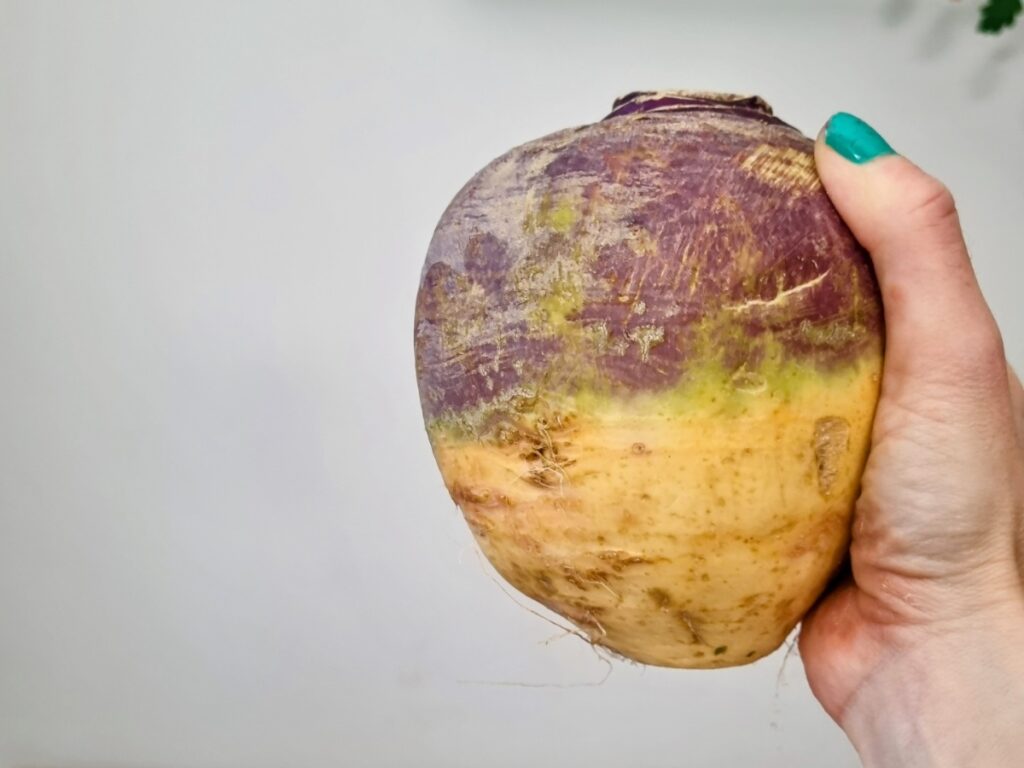
Rammenas
Craving radishes already? Then try radish. In fact, this vegetable is very similar to radishes. The inside of radishes is white. The skin can be white, (brown)black or pink. Just like radishes, you can eat it raw, for instance as a spread on bread or in a salad. But you can also cook it in a stew. If you have never eaten this vegetable before, be careful not to eat too much at once as your stomach might not like it.
Source: Velt.nu
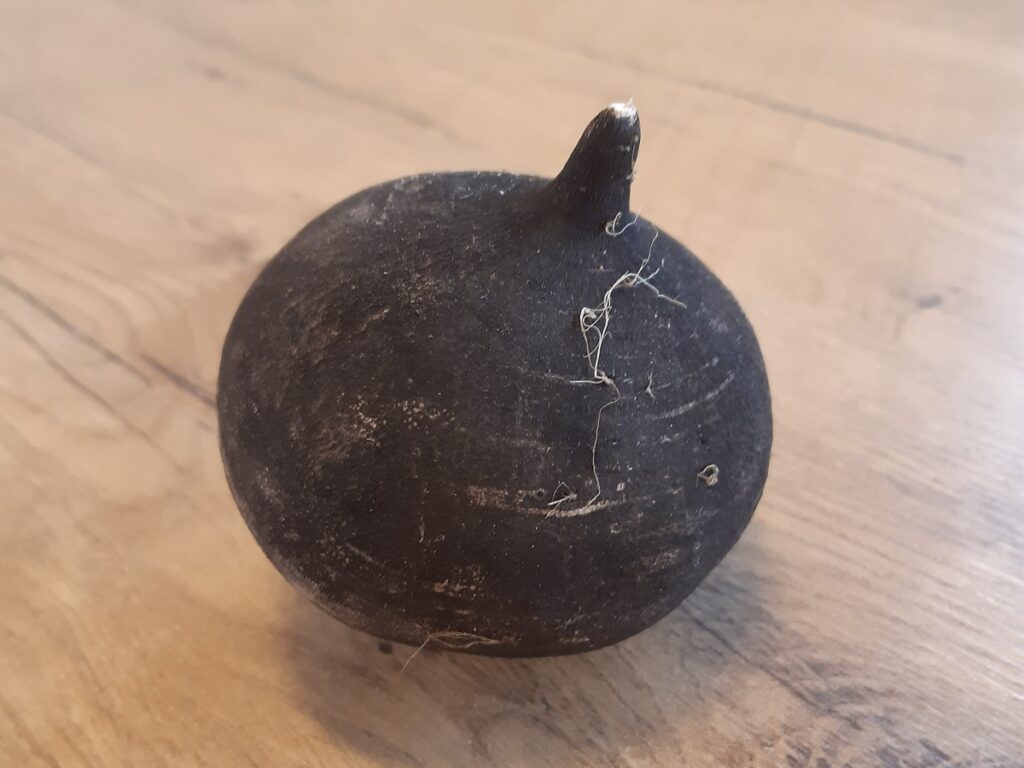
Salsify
Asparagus season doesn't start again until May. If you are already craving asparagus, try salsify. This is because, like asparagus, you can boil these black roots and eat them with a sauce. You can also steam, stew or bake them. Peeling them is a bit of a chore, though. If you boil the roots first and then peel them, it seems to be easier. Retrieved from VegetableGroente.nl, you will find many tips and recipes on how to prepare salsify (and other forgotten vegetables).
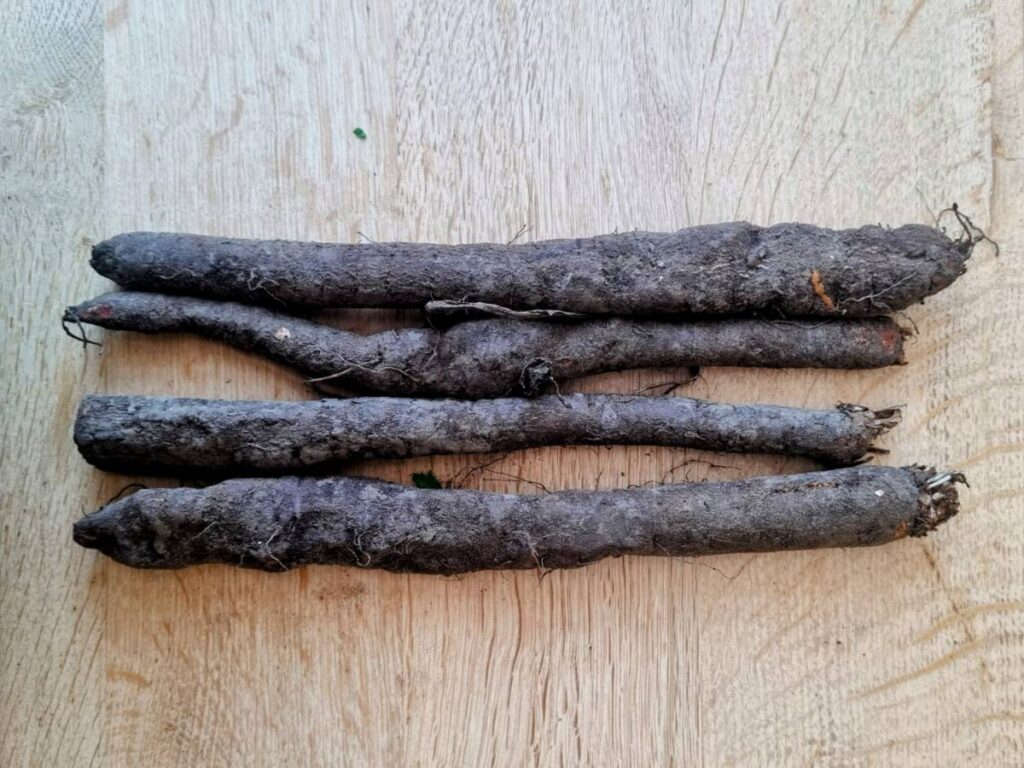
Seasonal vegetables and seasonal fruit in February: sustainable, healthy and cheap
We hope you can now more easily make conscious and healthy choices. And with any luck, you'll notice it in your wallet too. Another little tip: bookmark this article. That way you will always have it handy when you are in the shop and you can quickly find February's seasonal vegetables or seasonal fruit.
More sustainable tips from thegreenlist.nl
- Sustainable grocery shopping? This is the place to be!
- Fighting food waste and keeping your food fresh for longer? See how to vacuum old jars here.
- Already curious about March's seasonal vegetables? You can find them here.
Sources: Outdoor Living Feeling about the benefits of seasonal eating, Albert Heijn on the benefits of seasonal fruit and vegetables, VegetableGroente.nl on seasonal vegetables by country, Velt's seasonal calendar for the list of seasonal vegetables and seasonal fruit. Photo credits: Kirsten Marit Schoner and thegreenlist.nl.

